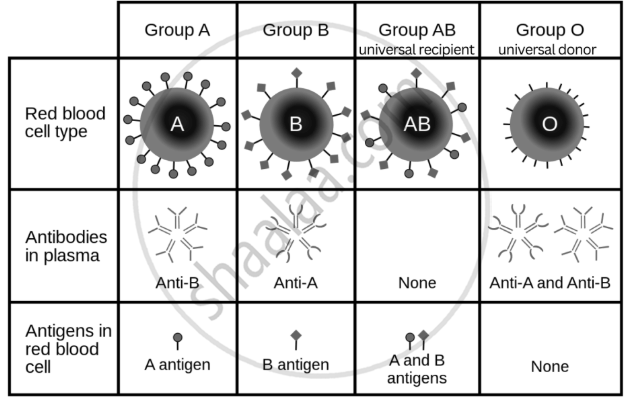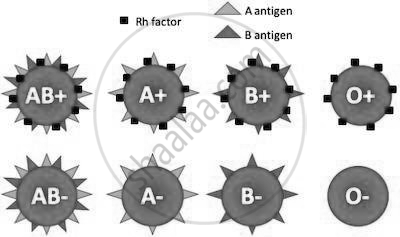- These proteins are located on the surface of red blood cells and within the plasma, affecting how the body responds to various blood types.
There are four primary blood groups based on the type of antigens present on the red blood cells:
- A blood group: It has A antigens on the red cells and B antibodies in the plasma.
- B blood group: It has B antigens on the red cells and A antibodies in the plasma.
- AB blood group: Has both A and B antigens on the red cells and no antibodies in the plasma. It is known as the universal recipient.
- O blood group: Has no antigens on the red cells but has both A and B antibodies in the plasma. It is known as the universal donor.


